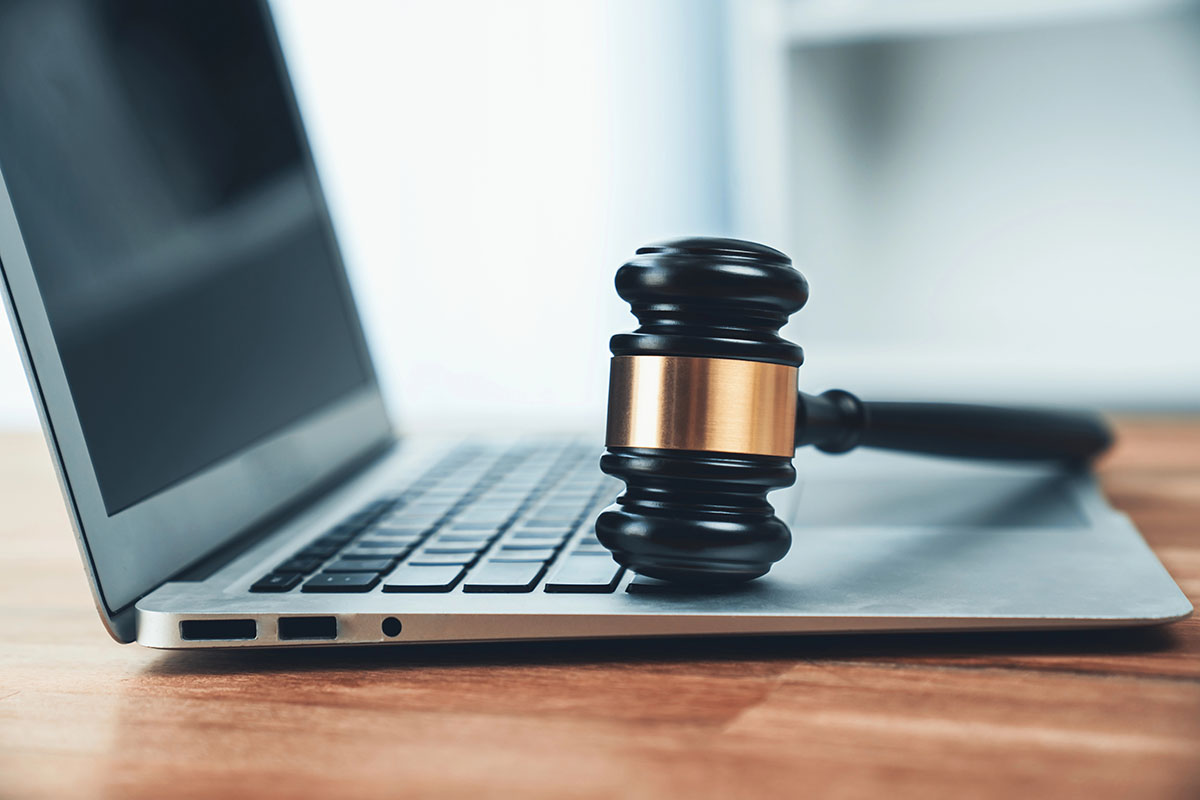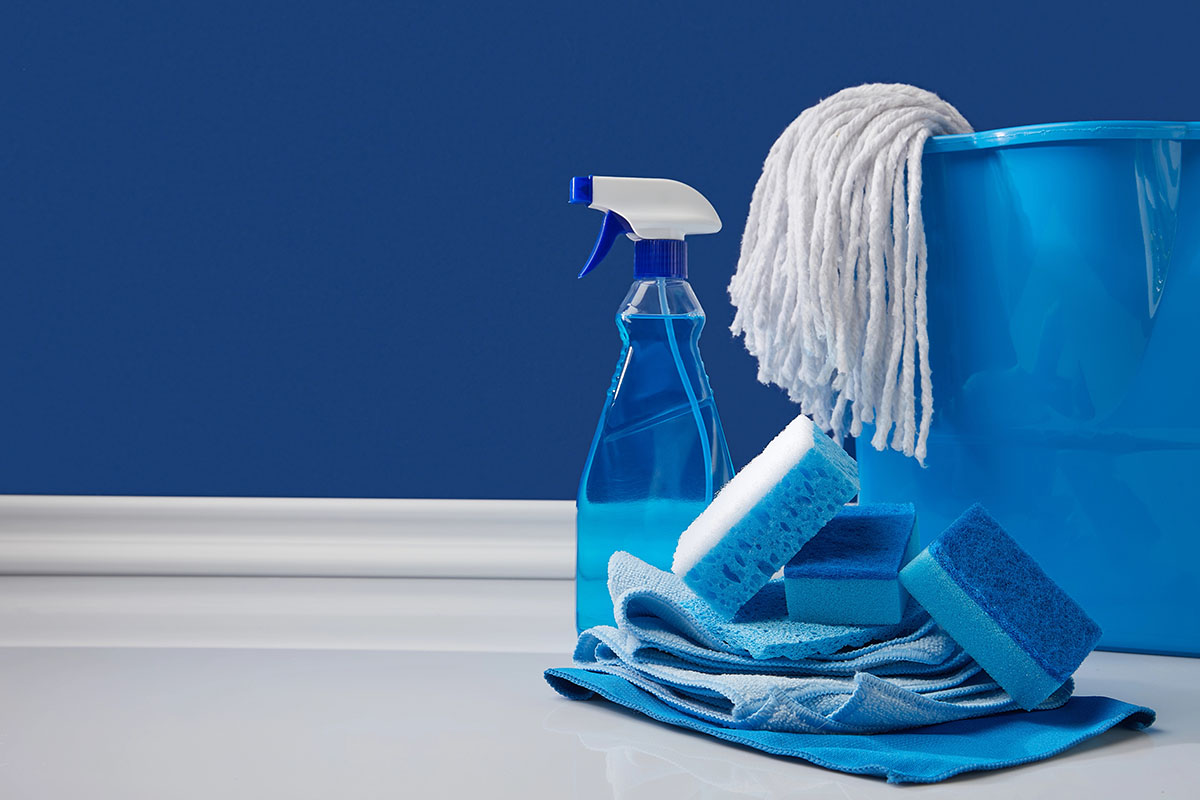A clean workspace is a cornerstone of maintaining a productive environment. An organized office enhances employee morale and reduces the spread of germs and illnesses, and an efficient San Marcos office cleaning routine can help keep your staff healthier and happier.
Key aspects of an effective office cleaning schedule include:
- Routine vs. Deep Cleaning: Daily tasks focus on maintaining cleanliness, while thorough sanitation can be achieved through deep cleaning.
- Structured Schedules: Regularly scheduled cleanings help identify areas needing attention and prevent clutter buildup.
Utilizing templates for cleaning tasks simplifies the process. Templates provide:
- Clear guidelines on what needs to be cleaned
- Accountability among team members
- An inventory of necessary cleaning supplies in San Marcos TX
Understanding Office Cleaning Schedules
Maintaining a clean office environment requires a clear understanding of routine office cleaning and deep cleaning schedules.
Routine Cleaning
This involves daily or regular tasks aimed at maintaining cleanliness. Common actions include:
- Vacuuming
- Dusting surfaces
- Sanitizing high-touch areas
Deep Cleaning
These tasks are performed less frequently, typically on a weekly or monthly basis, focusing on thorough cleaning of all spaces. Examples include:
- Carpet shampooing
- Window washing
- Furniture polishing
Determine the appropriate cleaning frequency for various tasks. Daily routines prevent dirt build-up, while deep cleaning addresses ingrained grime and allergens. Establishing a structured schedule helps consistently maintain hygiene standards across the workspace.
Utilizing a detailed checklist allows you to track both routine and deep cleaning responsibilities effectively, promoting accountability within your team.
Daily Cleaning Tasks
Keeping the office clean depends on doing certain tasks every day. These tasks are important for maintaining cleanliness and creating a pleasant workspace for both employees and visitors.
Essential Daily Tasks
Here are the key things we need to do every day:
- Vacuuming high-traffic areas to eliminate dirt and dust.
- Dusting surfaces to maintain a fresh atmosphere.
- Emptying trash bins to prevent overflow, especially in shared spaces.
Focus on High-Touch Areas
We need to pay extra attention to areas that are frequently used by staff. This includes:
- Phones: Disinfect regularly to minimize germ transfer.
- Doorknobs and handles: Wipe down multiple times throughout the day.
Cleaning Responsibilities in Reception and Kitchen Areas
The reception area is the first impression of your office. Here are the daily tasks we should cover:
Reception Lobby
- Empty trash bins
- Clean entrance glass
- Dust furniture
- Vacuum carpets
In the kitchen, cleanliness promotes health. Here are the key tasks we need to do:
Kitchen Area
- Fill dishwasher or hand wash dishes
- Clean coffee machines and sinks
- Refill supplies and empty trash receptacles
Daily Cleaning Checklist
Having a structured daily cleaning checklist makes it easier to manage everything. Here’s a sample template you can use:
Sample Daily Checklist for Office Spaces
Reception Lobby
- Empty trash bins
- Clean entrance glass
- Dust furniture
- Vacuum carpets
Restrooms
- Empty/refill trash bins
- Clean/polish mirrors, sinks, toilets
Kitchen
- Hand wash dishes or fill dishwasher
- Wipe countertops and clean appliances
Tips for Effective Daily Cleaning Management
Here are some tips to help you manage daily cleaning tasks more effectively:
- Assign specific duties to team members to hold them accountable.
- Use an office cleaning checklist app for easy tracking.
- Schedule cleaning at consistent times to establish routine.
Weekly Cleaning Tasks
Keeping the office clean helps maintain a healthy work environment. A well-organized weekly cleaning checklist allows for managing tasks that need more attention than daily cleaning.
Overview of Weekly Tasks
Weekly cleaning focuses on deeper cleaning responsibilities that go beyond surface maintenance. Key tasks include:
- Mopping hard floors: This prevents dirt buildup and keeps surfaces looking fresh.
- Deep-cleaning kitchen appliances: Regularly clean microwaves, refrigerators, and coffee machines to eliminate odors and prevent grime accumulation.
- Sanitizing restrooms: disinfect toilets, sinks, and high-touch areas thoroughly to promote hygiene.
Importance of Consistent Weekly Maintenance
Consistent weekly maintenance helps in preventing larger messes from accumulating. By dedicating time each week to these tasks, you can enhance cleanliness while extending the life of office furniture and equipment.
Weekly Cleaning Checklist
A customizable checklist can streamline your weekly cleaning efforts. Here’s a sample of what this might look like:
Reception Area:
- Empty trash bins
- Dust surfaces and furniture
- Clean entrance glass
Office Rooms:
- Disinfect phones and desks
- Dust computers, copiers, and decor
- Vacuum carpets
Restrooms:
- Clean and polish mirrors, sinks, toilets
- Refill soap and paper supplies
- Sanitize handles and partitions
Kitchen Area:
- Deep clean countertops and sinks
- Organize pantry items
- Check expiration dates on food supplies
Monthly Cleaning Tasks
Maintaining an organized workspace requires a structured approach to cleaning. A monthly cleaning checklist is allows for comprehensive deep cleaning of your office environment. Focus on these essential monthly tasks to enhance hygiene and prolong the life of your office furnishings.
Key activities to include in your monthly cleaning routine are:
- Window Washing: Clean both interior and exterior windows to improve visibility and aesthetics.
- Furniture Polishing: Use appropriate products to maintain the condition and appearance of wooden surfaces.
- HVAC Vent Cleaning: Remove dust and debris from vents to promote better air quality.
- High Surface Dusting: Address hard-to-reach areas including ceiling fans, light fixtures, and shelves.
The significance of regular deep-cleaning schedules cannot be overstated. Consistent monthly cleanings help prevent the buildup of allergens and bacteria, maintaining a healthy work environment for you and your colleagues.
Monthly Cleaning Checklist
To facilitate effective monthly cleaning, consider this sample checklist:
- Clean HVAC vents
- Dust high surfaces (shelves, light fixtures)
- Wash windows (inside/outside)
- Polish furniture (desks, cabinets)
- Deep clean carpets and upholstery
- Sanitize kitchen appliances
- Empty and clean trash receptacles
Tips for Preparing and Executing Monthly Cleanings Effectively
- Plan Ahead: Schedule a specific day each month dedicated to these tasks.
- Gather Supplies: Stock all necessary cleaning supplies before the cleaning day.
- Delegate Tasks: Assign specific responsibilities to team members for accountability.
- Use Technology: Leverage a checklist app to track progress so that nothing is overlooked.
Utilizing Technology for Office Cleaning
Using a Checklist can greatly improve how you manage office cleaning. Here are the benefits of using such an app:
- Task Management: Easily create and manage cleaning schedules tailored to your office needs.
- Collaboration: Sync tasks with your team, ensuring everyone is aware of their responsibilities and deadlines.
- Real-time Updates: Monitor progress in real-time, allowing for adjustments as necessary.
Customizing checklists adds a personal touch to your cleaning routine. You can adapt tasks based on specific areas requiring more attention or frequency. By setting reminders, no task will be overlooked, and your workspace will be consistently clean.
For example, you might set daily reminders for high-touch areas like doorknobs or weekly notifications for deep cleaning carpets and restrooms. This structured approach maintains cleanliness and fosters accountability among team members.
Best Practices for Maintaining Office Hygiene
To achieve optimal office hygiene, incorporate these cleaning tips into your routine:
- Regular Scheduling: Consistent cleaning intervals prevent dirt and grime buildup. Establish a schedule that includes daily, weekly, and monthly tasks tailored to your office’s unique needs.
- Supply Management: Keep cleaning supplies organized and well-stocked. Regularly assess inventory to avoid last-minute scrambles for necessary products.
- Eco-Friendly Options: Avoid harsh chemicals that can harm both your employees and the environment. Opt for eco-friendly cleaning solutions that are effective yet gentle.
- Attention to High-Touch Areas: Focus on frequently used surfaces such as doorknobs, light switches, and shared equipment. Regular sanitizing of these areas reduces the spread of germs.
Implementing these practices enhances workplace cleanliness and contributes to employee health and productivity.
A Clean Office is a Productive Office!
A clean workspace directly contributes to productivity. Implementing an office cleaning schedule enhances the appearance and functionality of your environment.
Consider these benefits:
- Reduced Distractions: Clutter-free desks and clean surfaces help maintain focus.
- Healthier Environment: Regular cleaning reduces allergens and pathogens, promoting well-being.
- Positive Impression: A tidy office creates a welcoming atmosphere for clients and visitors.
Utilize the templates provided to establish consistent cleaning routines. By prioritizing cleanliness, you foster an environment where efficiency thrives.
Frequently Asked Questions About Office Cleaning
What is the importance of maintaining a clean workspace?
Maintaining a clean workspace enhances productivity and promotes a healthy environment. A tidy office reduces distractions, minimizes the spread of germs, and fosters a positive atmosphere for employees.
What are the key differences between routine and deep cleaning schedules?
Routine cleaning involves daily tasks such as vacuuming and dusting to keep surfaces clean, while deep cleaning focuses on thorough cleaning of areas that are not regularly addressed, such as carpets, appliances, and high surfaces. Both are necessary for maintaining an optimal office environment.
How can I create an effective daily cleaning checklist for my office?
An effective daily cleaning checklist should include routine tasks like cleaning high-touch areas (e.g., phones, doorknobs), vacuuming common areas, and ensuring kitchen cleanliness. Using a template can help streamline this process so that all necessary tasks are completed consistently.
What should be included in a weekly office cleaning schedule?
A weekly office cleaning schedule should encompass tasks such as mopping hard floors, deep-cleaning kitchen appliances, and addressing restrooms. Consistent weekly maintenance helps prevent dirt build-up to meet all hygiene standards.
Why is it important to follow a monthly cleaning schedule?
Following a monthly cleaning schedule with the proper cleaning and restroom products in San Marcos allows for comprehensive deep-cleaning tasks such as window washing and furniture polishing. Regularly scheduled deep cleans enhance hygiene, prolong the life of office furnishings, and improve overall workplace aesthetics.
How can technology assist in managing office cleaning schedules?
Utilizing a checklist app can improve the management of office cleaning schedules by allowing teams to sync tasks, set reminders, and collaborate effectively. This helps track all cleaning responsibilities so they are completed on time.










